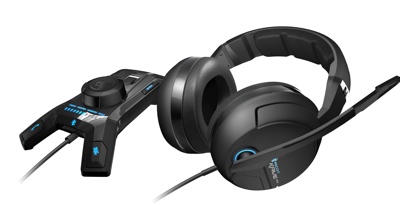By Greg Mills
The recent electronics consumer shows have been loaded with “me too” iPad incarnations from every competitor of Apple. By some counts over 100 prototypes or concept models were shown. To date, only a handful of actual products have made it to market. The most notable thing about all of them is that when a price is really announced, without exception, the specs and price are compared to the iPad.
The market has quickly discounted the offerings despite serious marketing programs. Some analysts now expect a serious blood bath as most of the “iPad killers” fall to the wayside. Keep in mind, it is very expensive designing and starting up an assembly line to manufacture slate computers. The devil is in the details, as parts have to be identified and purchased months in advance to get part prices that add up to something at or under US$250.
The reason I set a part cost level at $250 is that by the time the parts are assembled and packaged and any profit is included, the markup at retailers will push the product over the $500 mark and make it uncompetitive with iPad. When Apple announced the iPad 1 at a starting price point of $500, the instantaneous collective inhalation of their breath by the PC industry leaders created a low pressure system over northern California.
Microsoft and other PC makers actually scrapped prototypes far along under development when they saw what they had to at least match. Apple cleverly figured out the lowest price point they could live with and then began the relentless task of reducing their costs to make a nice profit on the iPad. Being vertically capable of selling products they manufacture at retail prices due to the string of Apple stores around the US and the world, Apple was able to make a handsome profit at prices the competition still can’t match.
Then there is the electronic parts market, which is so beholden to Apple that they sell them parts at very competitive prices, as Apple buys so much they need to do business with them. Apple hogs scarce, important parts such as touch screens, which creates both a scarcity and a shortage price market that makes competitors pay more for the very same parts. You can’t build computers without parts no matter how good your design is.
Also being vertical, Apple designs its own silicon chips and won’t sell them to anyone else. The A5 Apple dual core chip is really powerful and saves Apple a lot of money not having to be purchased on the open market.
Finally, the software situation is such that the only other show in town, Android, the last best hope for slate makers to use to power their offerings. The Apple iOS predates Android and, thus, patents that are just being issued — or due to be issued soon — may well cut Android off at the knees and allow Apple to actually stop Android handset sales and collect a major damage pot from all involved.
Microsoft is still lame as a three-legged dog in the slate computer market and is losing ground in the smart phone market. Should Apple be able to stick a sword through Android’s heart for touch screen patent technology infringing on their patents, the monopoly would be complete.
The other part of the software reality is the easy transition from the iPhone app market to the iPhone/iPad app market. Apple so smoothly set the gears in motion, the competition didn’t see the situation as a rout, until it was too late. Now, before the competition can even match the iPad 1, Apple launches the iPad 2 and, very soon, an upgraded iOS.
Apple doesn’t sleep on its laurels as the competitors dreams they will. Imagining they can catch up with Apple is foolishness. At this point, Apple must be magnitude of 18 months ahead of the slate computer competition and gaining ground, not allowing them to catch up. Let’s see what the iPad 2 does to the competition.
Some analysts are predicting Apple stock at $450 while downgrading the “me too crowd.” I think they have it right.
That’s Greg’s Bite for today.
(Greg Mills is currently a graphic and Faux Wall Artist in Kansas City. Formerly a new product R&D man for the paint sundry market, he holds 11 US patents. Greg is an Extra Class Ham Radio Operator, AB6SF, iOS developer and web site designer. He’s also working on a solar energy startup using a patent pending process for turning waste dual pane glass window units into thermal solar panels used to heat water see: www.CottageIndustySolar.com Married, with one daughter, Greg writes for intellectual property web sites and on Mac/Tech related issues. See Greg’s art web site at http://www.gregmills.info He can be emailed at gregmills@mac.com)



